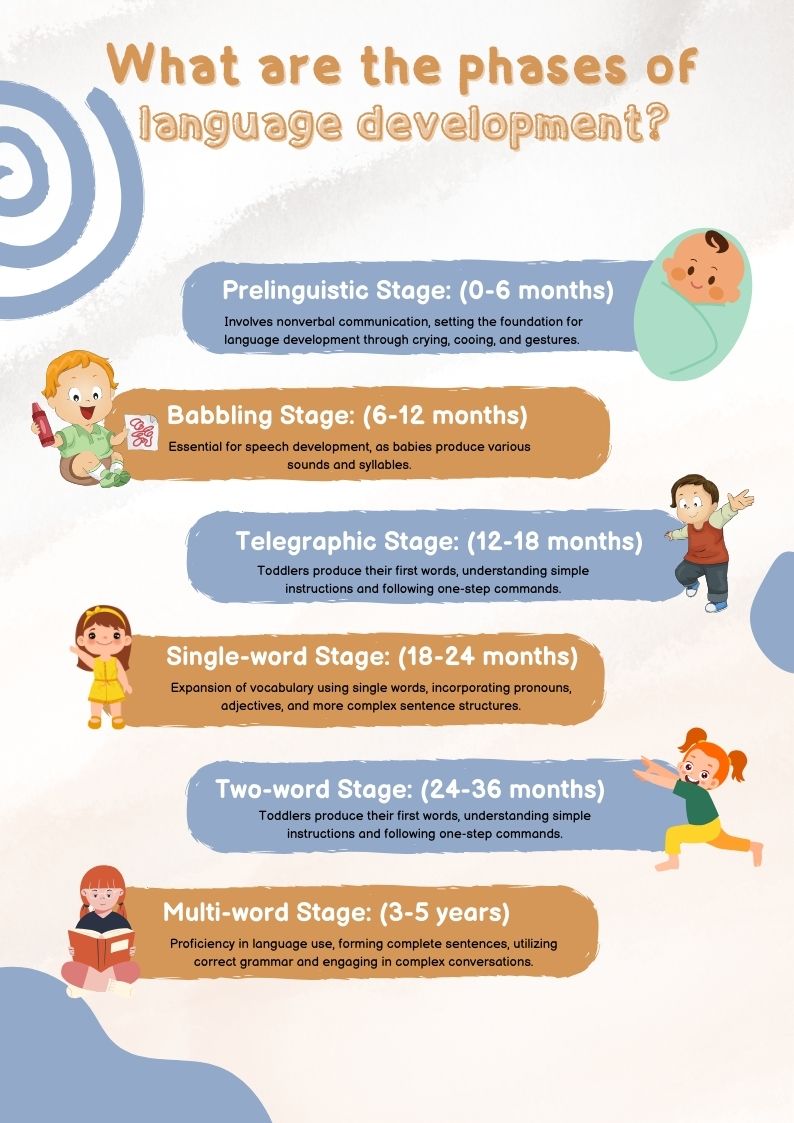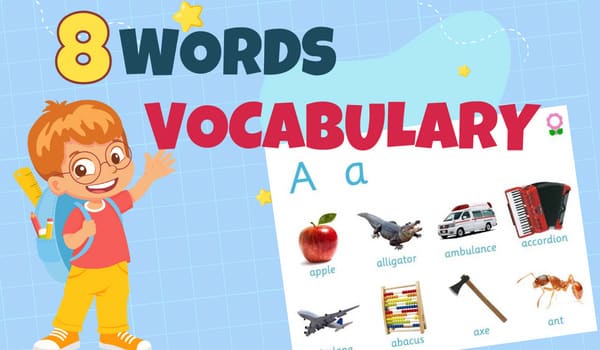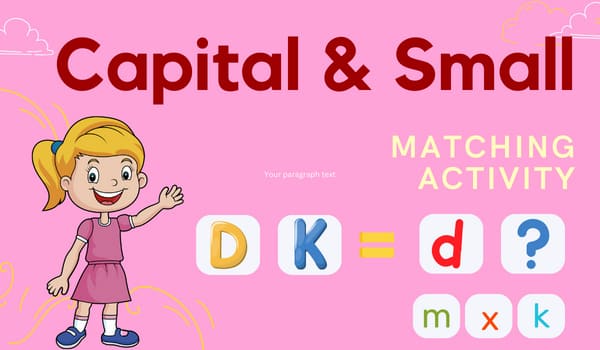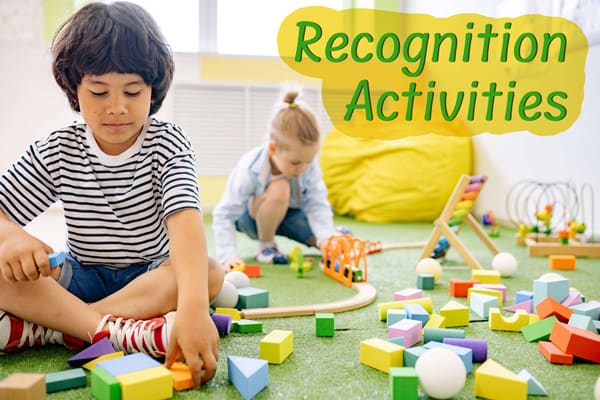Did you know that language development significantly influences a child’s academic success? As parents and educators, we often overlook this critical aspect of learning. Yet, recent studies indicate that a staggering 7.6% of children have some form of language disorder, potentially hindering their progress in the classroom. But, all hope is not lost. Yet, with the right tools, resources, and understanding, we can support children for successful language development.
Why language development is important?
Language development is fundamental for communication, social interaction, and cognitive growth. Between birth and five years old, children’s brains rapidly develop, making it prime for language learning. Struggles in language development may lead to difficulties in reading, writing, and comprehension, impacting academic performance. Early identification and interventions can help children overcome these obstacles and thrive.
What are the phases of language development?

Language development unfolds through six key phases: prelinguistic, babbling, telegraphic, single-word, two-word, and multi-word. Monitoring a child’s progress through these stages is essential, enabling timely intervention in case of delays or difficulties.
Prelinguistic Stage: (0-6 months)
This stage involves nonverbal communication such as crying, cooing, and gestures. Babies begin to recognize and respond to familiar voices and sounds, setting the foundation for language development.
Babbling Stage: (6-12 months)
During this phase, babies start producing a variety of sounds and syllables. This babbling is essential in developing the muscles and coordination needed for speech.
Telegraphic Stage: (12-18 months)
Toddlers begin to produce their first words during this stage, usually consisting of nouns or actions. They also start to understand simple instructions and follow one-step commands.
Single-word Stage: (18-24 months)
Children continue to expand their vocabulary, now using single words to express their needs and wants. They also start to use pronouns, adjectives, and more complex sentence structures.
Two-word Stage: (24-36 months)
Two-year-olds begin combining two words to form simple phrases or sentences. They also show an increased understanding of language by following two-step instructions.
Multi-word Stage: (3-5 years)
As children approach school age, they become more proficient in their use of language. They can now form complete sentences, use correct grammar and syntax, and engage in more complex conversations.
Strategies for Language Development in the Classroom:
Now, let’s explore the actionable strategies to boost language proficiency among students of all ages:
Create a Language-rich Environment:
Surrounding children with opportunities to listen, speak, read, and write can foster language development. By incorporating books, songs, educational games, and other interactive activities into the classroom, educators can engage students in meaningful language experiences. This approach not only provides a rich and informative learning environment but also encourages children to develop their language skills in a fun and engaging way.
Encourage Conversation:
Encouraging students to have conversations with their peers and adults can improve their language skills. By creating a safe and inclusive space for dialogue, educators can help children practice using language in meaningful ways. This also allows for the exploration of different perspectives and promotes critical thinking.
Use Visual Aids:
Visual aids such as pictures, flashcards, and videos can support language development by providing a visual representation of words or concepts. This is especially helpful for students who may struggle with traditional auditory learning methods.
Encourage Storytelling and Narratives:
Stories are vehicles for language and cultural learning. Use storytime to build comprehension, introduce new vocabulary, and reinforce phonemic awareness. For older students, encourage personal narratives, which can deepen self-expression and enhance language skills.
Implement Cooperative Learning:
Cooperative learning activities require communication and collaboration. Group projects, peer teaching, and discussion groups enforce the need to articulate ideas clearly and listen actively. Such interaction can lead to improved language capabilities and social skills.
Model Rich Language Use:
Teachers are linguistic role models. Use diverse vocabulary and varied sentence structures in your speech. Make a point to pronounce words clearly and use proper grammar. When you introduce a new concept, explore it fully, using synonyms and examples.
Conclusion:
Language opens doors to understanding, expression, and connection. By promoting language development in the classroom, we provide students with the keys to these doors. It’s a privilege and responsibility that inspires as much as it demands.
As educators, our task is twofold: to ignite a passion for language in our students and to equip them with the tools they need to explore it. The strategies outlined in this post are your blueprint for achieving these goals. Implement them with sensitivity to individual needs and cultural backgrounds, always aiming to nurture an inclusive environment where every student’s language can grow.
Remember that language learning is an organic process. It thrives on patience, practice, and perseverance. Foster a love for words, dialogue, and storytelling, and watch as vibrant labyrinths of language form within the minds of your students.



